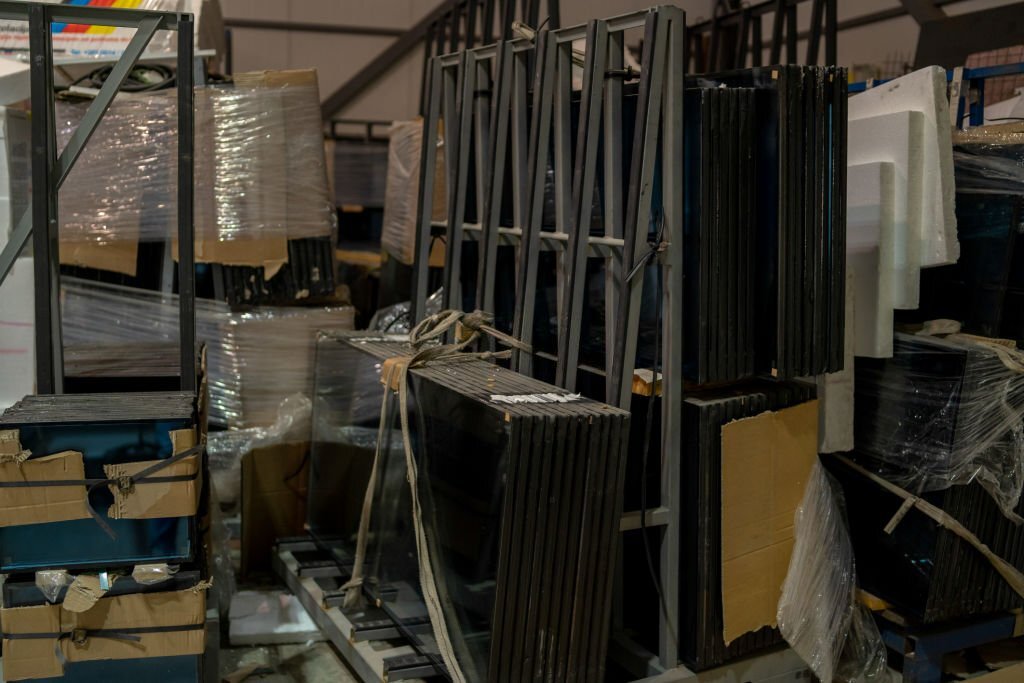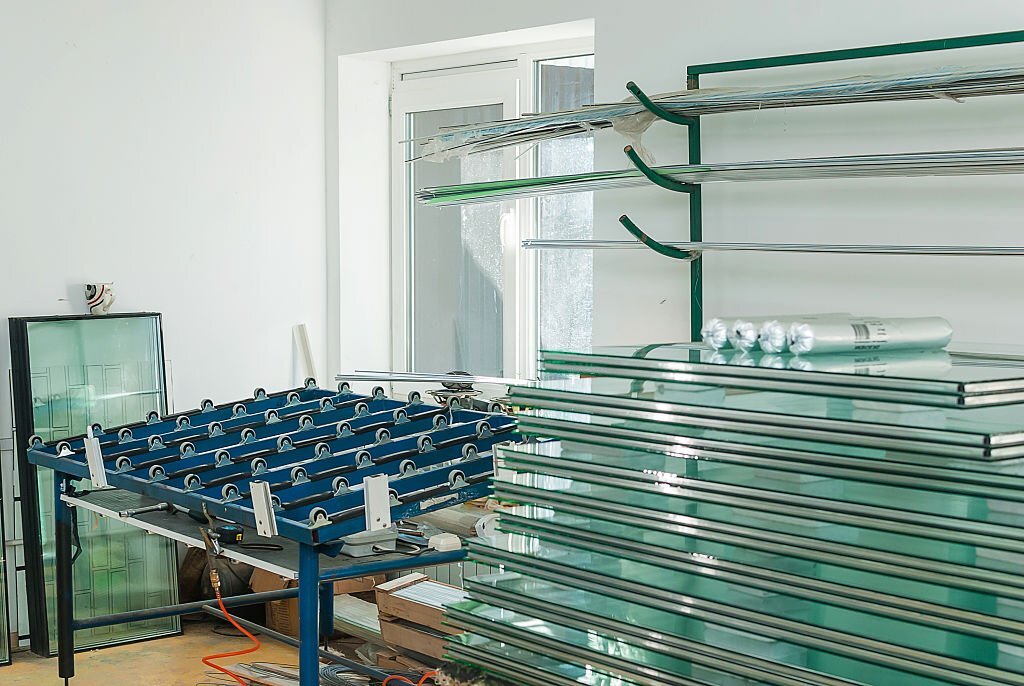
Laminated glass is a type of safety glass that is made by sandwiching a layer of plastic between two layers of glass. This unique construction makes it stronger, safer, and more energy-efficient than regular glass, making it an increasingly popular choice for homeowners and builders.
One of the most common questions people have when considering laminated glass is “What is the price per square foot?” In this article, we will provide a comprehensive guide to help you understand the factors that affect the cost of laminated glass and give you an idea of what you can expect to pay per square foot. For your glass related pojects you can call us at tel:+1 602 300 0851
Average Cost Of Laminated Glass per Square Foot
Now that we’ve discussed the factors that affect the cost of laminated glass, let’s take a look at some average prices per square foot. Keep in mind that these prices are only rough estimates and can vary depending on your location, supplier, and specific requirements.
- Annealed glass laminated with PVB interlayer: $7-$12 per square foot
- Tempered glass laminated with PVB interlayer: $9-$18 per square foot
- Low-iron glass laminated with PVB interlayer: $12-$25 per square foot
- Tempered glass laminated with EVA interlayer: $15-$30 per square foot
- Low-iron glass laminated with EVA interlayer: $18-$35 per square foot
It’s important to note that these prices do not include installation costs, which can range from $5 to $25 per square foot, depending on the complexity of the installation and the location of the glass.

Factors That Affect The Cost
Many factors affect the laminated glass cost. Here are some of the main factors that can influence the price of laminated glass:
Type of Glass Used: Lamination costs are significantly affected by the glass used. Different types of glass are available, including annealed, tempered, and low-iron. The most common type of glass used in laminated glass is tempered glass.
Thickness of the Glass: The thickness of glass also plays a significant role in determining the cost of laminated glass. The thicker the glass, the more expensive it will be. However, thicker glass provides better sound insulation and increased security, which may justify the additional cost.
Size of the Glass: The size of the glass sheet also affects the price. Larger sheets of glass require more material and processing, which increases the cost. Additionally, larger sheets may require special handling and transportation, which can add to the overall expense.
Interlayer Material: The interlayer material used in laminated glass is typically made of polyvinyl butyral (PVB) or ethylene-vinyl acetate (EVA). PVB is the most commonly used interlayer material, as it is less expensive than EVA. However, EVA offers improved performance in terms of sound insulation and UV resistance.
Manufacturing Process: The manufacturing process can also impact the cost of laminated glass. Some manufacturers use an autoclave process, while others use a vacuum bag process. The autoclave process is faster and more efficient, but it requires specialized equipment and expertise, which can increase the cost.
Brand Name and Quality:Like any product, the brand name and quality of laminated glass can also affect the price. Reputable brands with high-quality products tend to charge more, but they often offer longer warranties and better customer support.
Contact Us For Unique Products And Services
Benefits Of Laminated Glass
While laminated glass may seem like a more expensive option compared to regular glass, it offers several benefits that make it well worth the investment. Here are some of the key advantages of laminated glass:
Safety: Laminated glass is designed to hold together if broken, rather than shattering into sharp pieces like regular glass. This makes it much safer for people and objects inside the building, as well as for those outside who may be near the glass.
Security: Laminated glass is also much more difficult to break than regular glass, which makes it a great choice for buildings that require added security. This includes government buildings, banks, and other financial institutions, as well as homes in areas prone to vandalism or burglary.
Energy Efficiency: Laminated glass can help reduce heat transfer and minimize temperature fluctuations, which can save energy and money by reducing heating and cooling costs. It can also help reduce noise pollution by blocking out external sounds.
UV Protection: Laminated glass can block up to 99% of harmful UV rays, which can damage furniture, carpets, and artwork over time. This makes it a great choice for buildings that receive a lot of direct sunlight.
Design Flexibility: Laminated glass comes in a variety of colors and styles, so architects and designers can choose the perfect glass to fit their vision. It can also be combined with other materials, such as wood or metal, to create unique and innovative designs.
Conclusion
In conclusion, laminated glass is a versatile and effective building material that offers numerous benefits over traditional glass. While it may be more expensive, the added safety, security, energy efficiency, UV protection, and design flexibility make it a valuable investment for many building projects. Whether you’re constructing a new building or renovating an existing one, consider using laminated glass to enhance the functionality and aesthetic appeal of your space. For more informational articles like these you can visit our website https://halsinternational.com/
